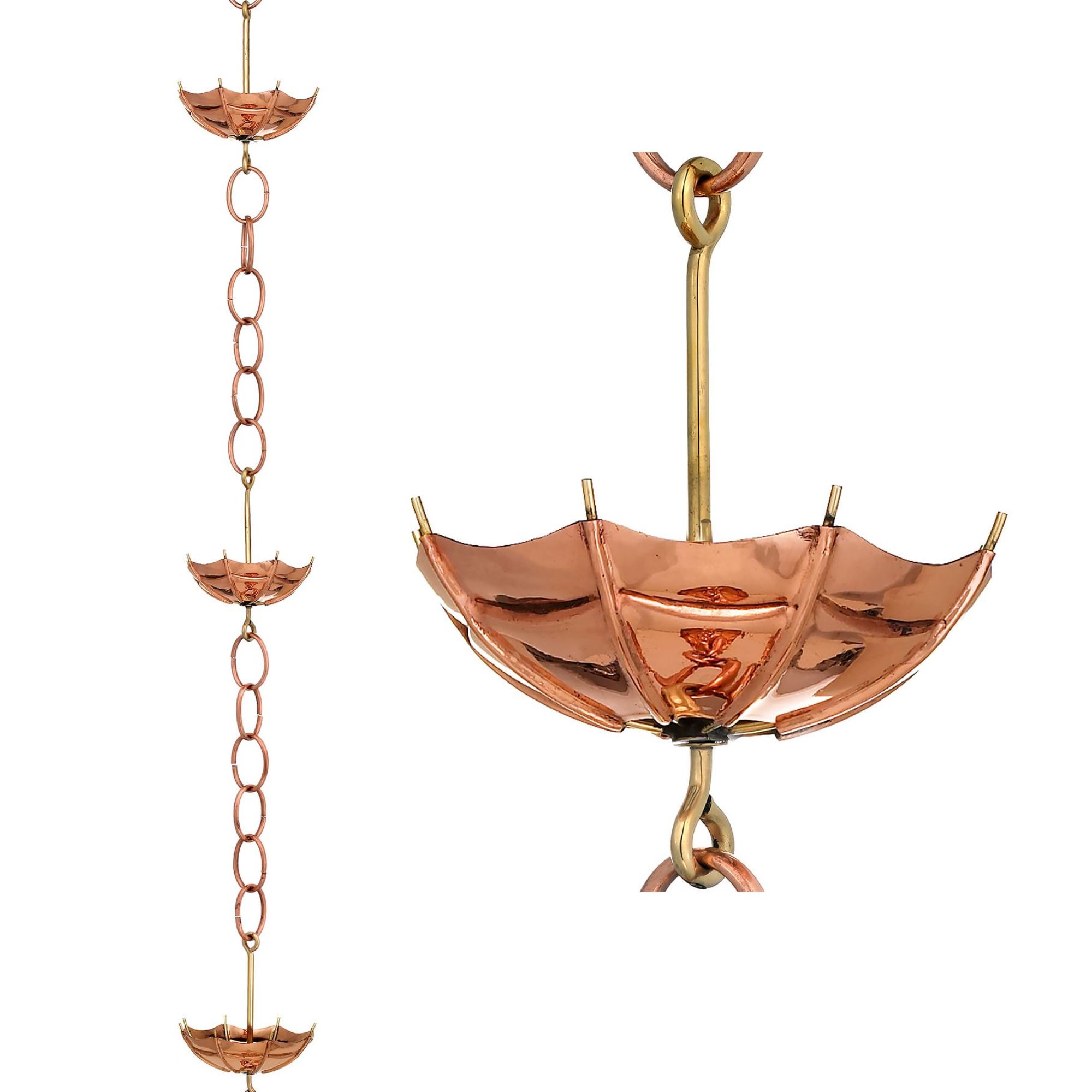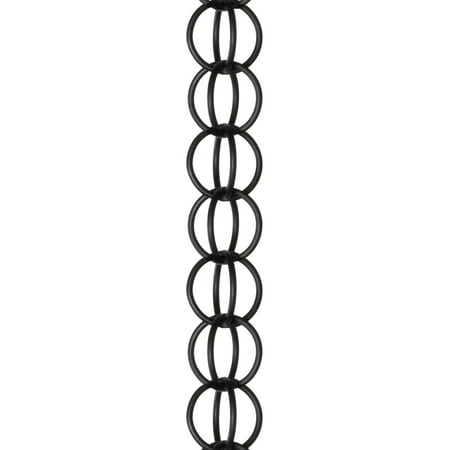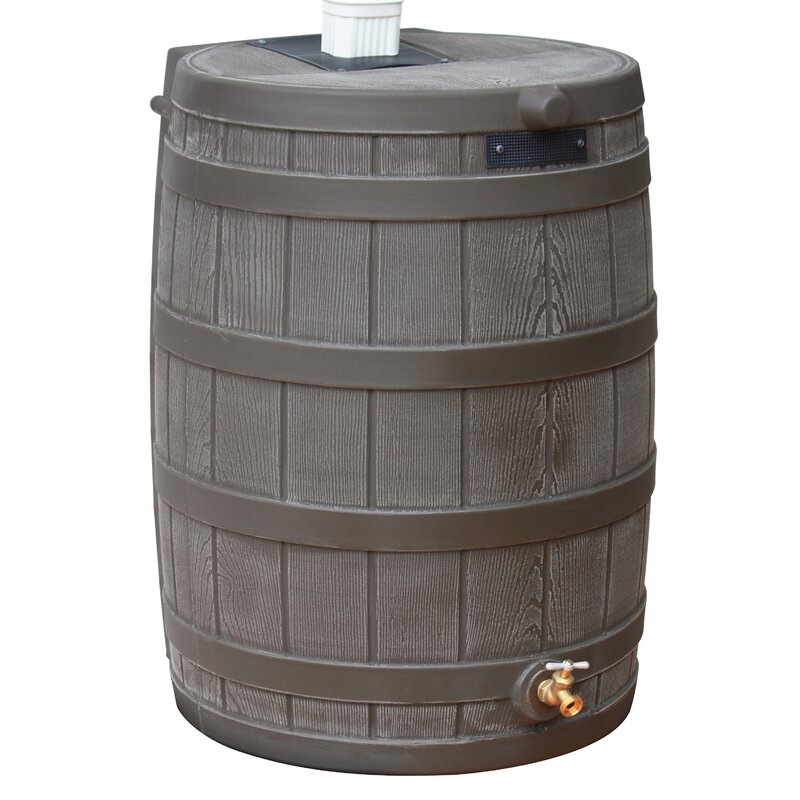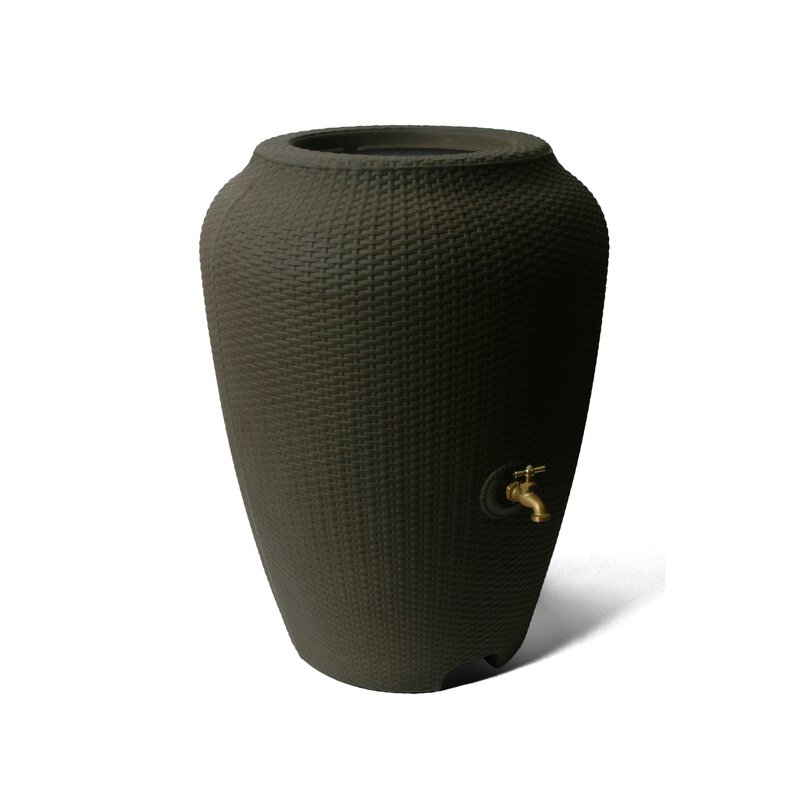Rain chains vs rain barrels: which water management system is best – and what happens if you combine them?
There are benefits and drawbacks to both rain chains and rain barrels, but which is best for your yard?
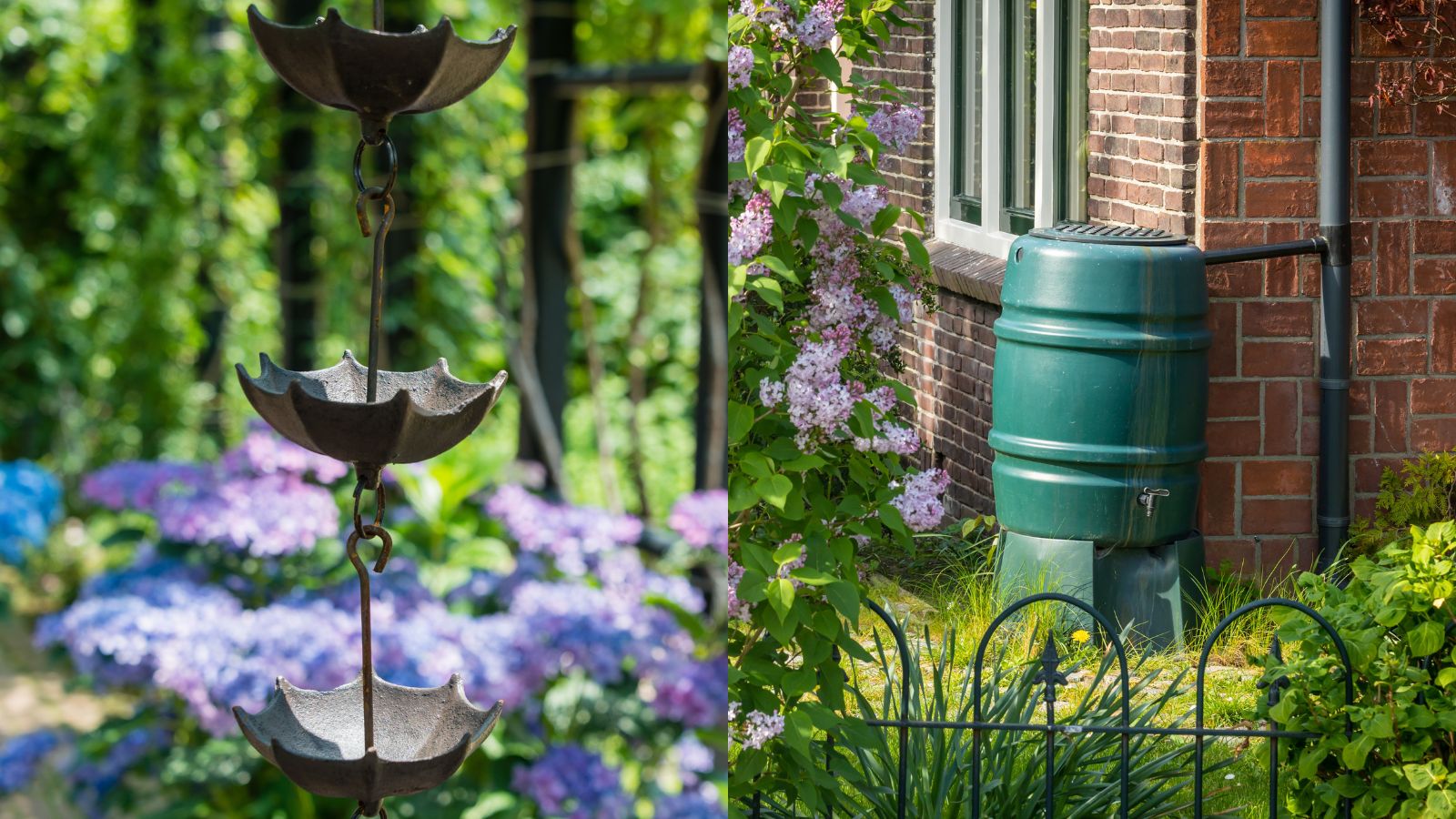

Many of us are moving away from traditional downspouts. They clog with leaves and they can be unsightly. Instead, lots of homeowners are embracing rain chains and rain barrels as alternative methods of water management.
However, it isn't clear which is best for your yard. Rain chains look good, but they can't always handle a lot of water, and while rain barrels are practical, they can be pretty ugly.
This is all you need to know about the pros and cons of the two systems of water management - and whether or not you should combine the two into one effective method of collecting rainwater.
Benefits of a rain chain
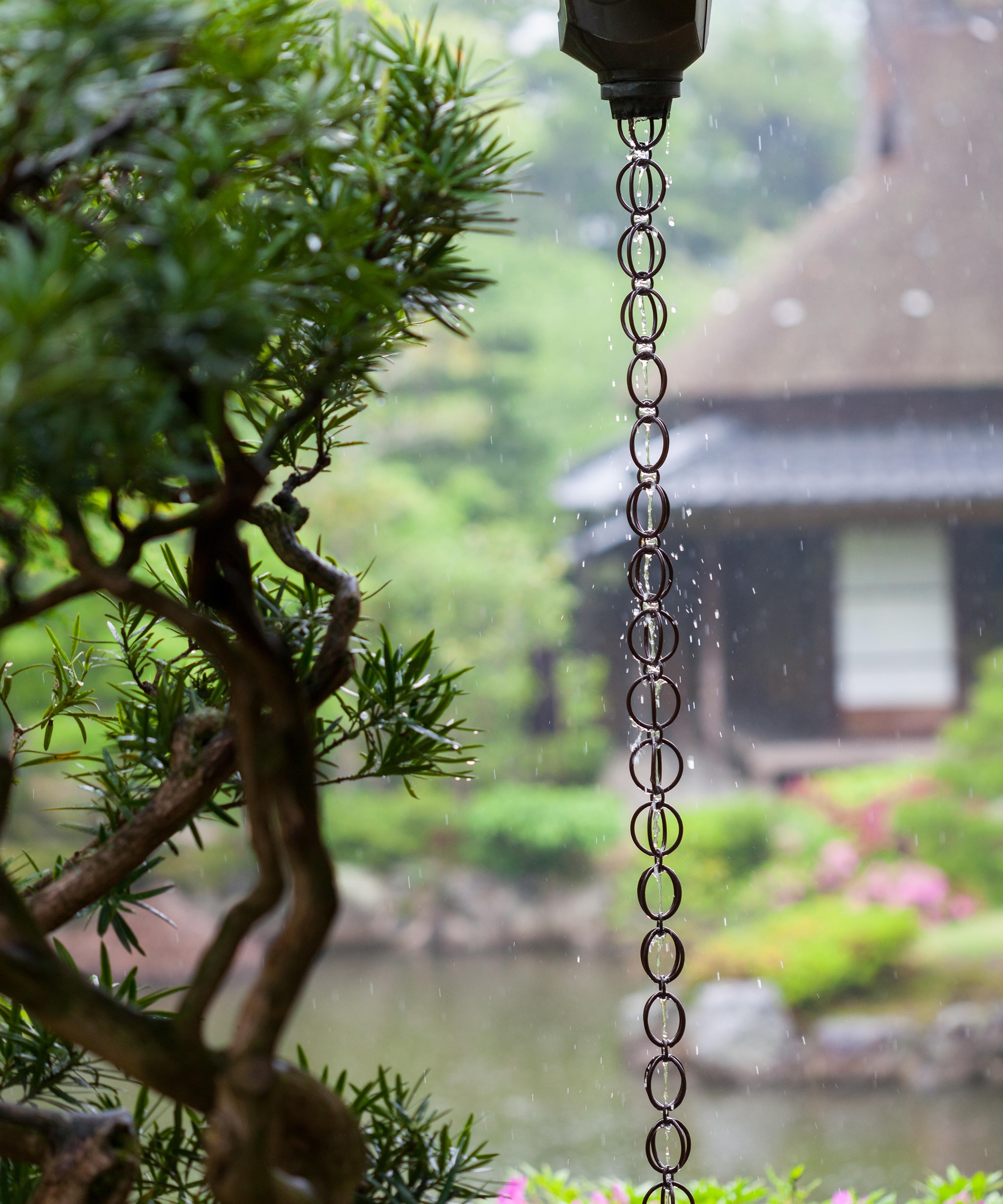
Rain chains were invented in Japan as a kind of earthquake-proof pipe. Instead of a hollow pipe, the chain uses water's surface tension to move it from a roof to the ground.
Where downspouts made of metal or PVC can warp and crack in an earthquake, rain chains sway with the tremors, so they won't break.
This also makes rain chains a good option in high winds, because debris flying into the chain won't break or damage it. Cheap rain barrels made out of PVC can easily crack and warp.
Rain chains are also much less maintenance than downspouts because they can't clog with leaves or other debris.
On top of that, rain chains look a lot better than downpipes and most rain barrels. They make a relaxing sound in the rain and they can be stylized to suit your garden aesthetic in a way that a boring white PVC downspout can't match.

This is a a simple, modern rain chain. Made of weather-proof aluminum, this chain is perfect for more contemporary homes.
Drawbacks of a rain chain
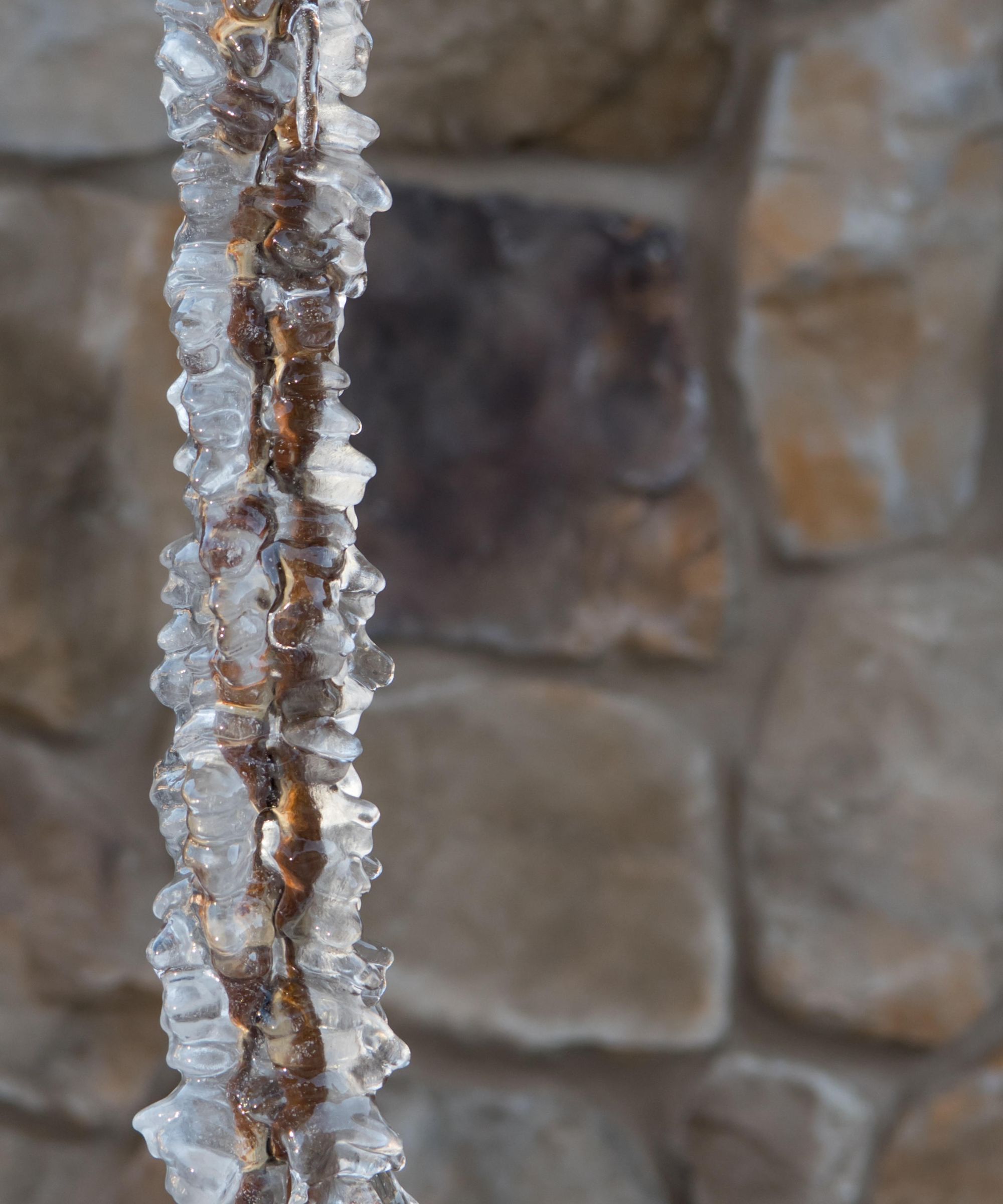
Rain chains are poor at handling large amounts of water, so while they're good in light rain and high winds, they're bad at handling heavy rain storms.
Part of the reason why they're poor in storms is because they aren't efficient - they create a lot of splashback because the water isn't contained in a single pipe. This can spill on a patio and create a slip hazard or saturate the ground with too much water.
Like downspouts and rain barrels, rain chains have other drawbacks in cold climates. Rain chains can freeze solid if wet weather is followed by freezing temperatures, and while this is often fine, the weight of the ice can pull the chain out of its fixings and damage your gutters or walls. On top of that, backed-up ice can stop water from flowing down from the roof, which can be dangerous.
Because rain chains don't direct water into gutters and away from your home, they can cause minor damage to walls and patios. The repeated splashback can cause algae to bloom on PVC siding, or warp the material.
Benefits of a rain barrel
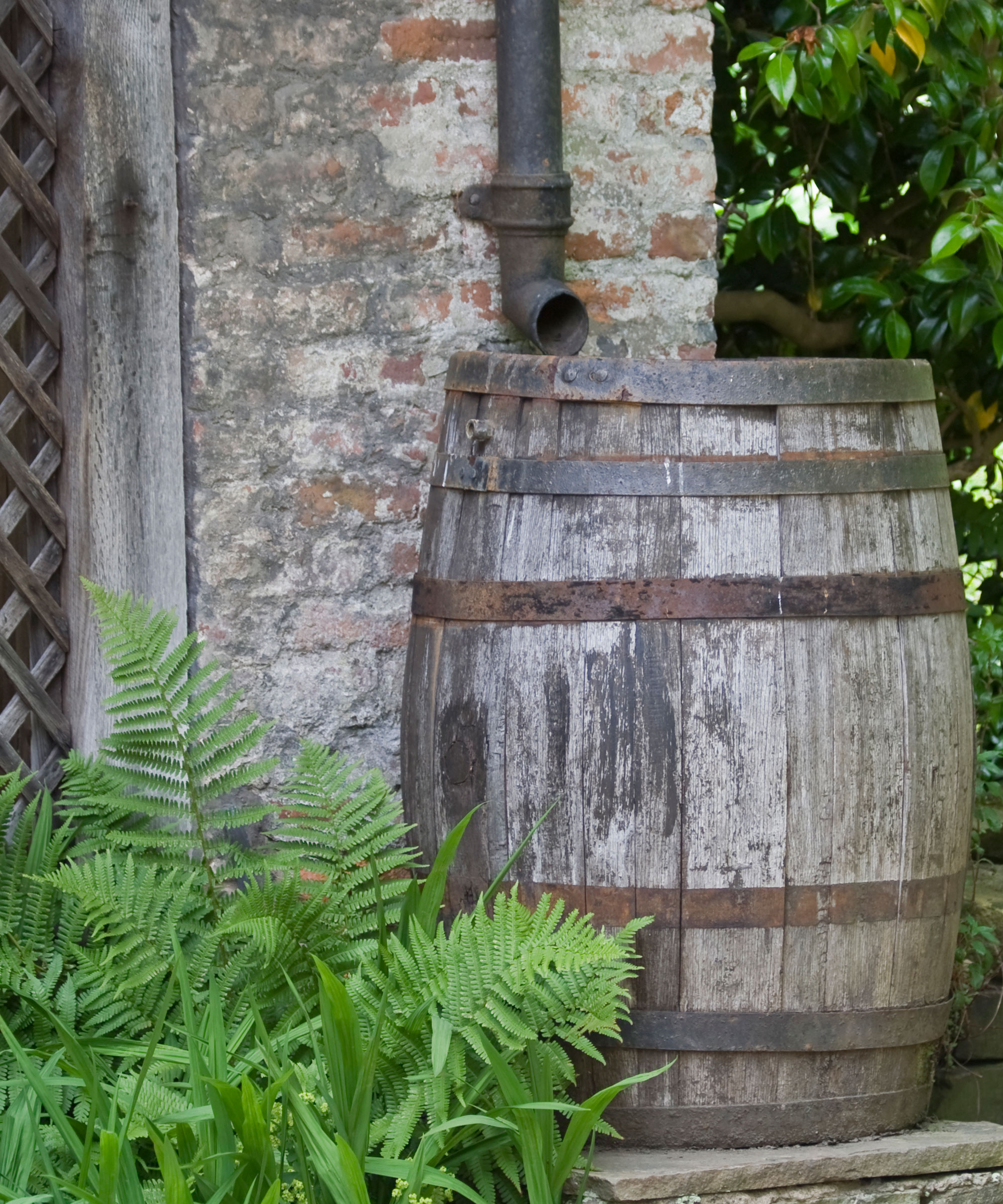
Every dedicated gardener will benefit from a rain barrel. They offer a reliable, convenient water supply that's perfect for your plants. After the initial installation, they're free to run, providing free water that can lower your utility bills.
This water isn't treated with any chemicals, so if you live somewhere where you can't trust the municipal water, the rain barrels will provide chemical-free water. Even if you can trust the water, rain barrels are a good backup.
Barrels with downspouts can also be an aesthetic improvement on simple downspouts. The best are made to look like rustic barrels for a more traditional look, while more modern barrels can be sculptural vase shapes. Most are topped with a planter too, so you can hide necessary but ugly features like a downspout amongst beautiful flowers.
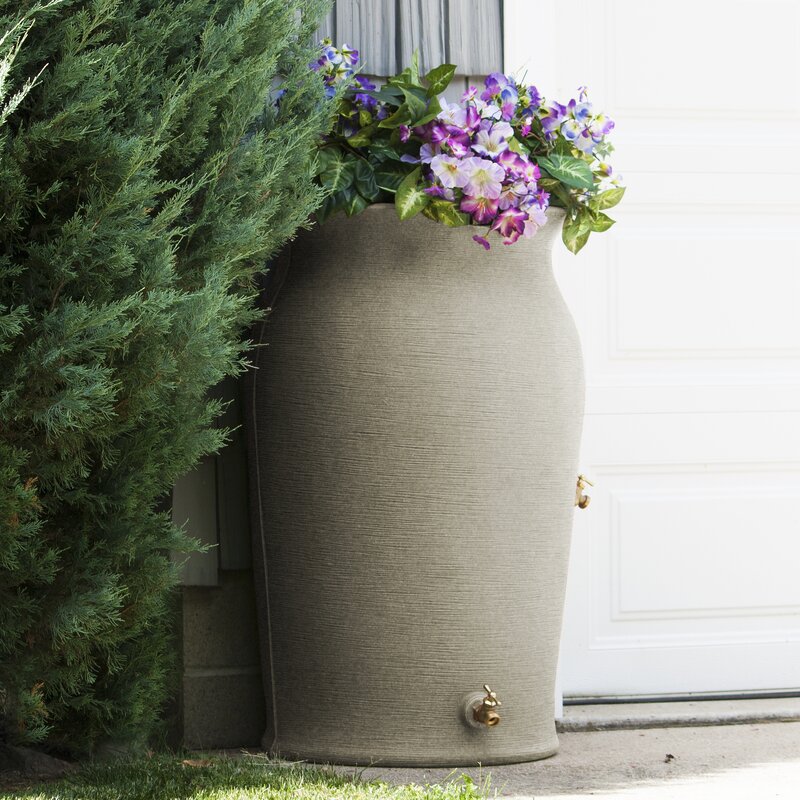
This clever rain barrel looks more like a neat piece of pottery than a water container. It also has a planter on the top to further disguise it.
Drawbacks of a rain barrel
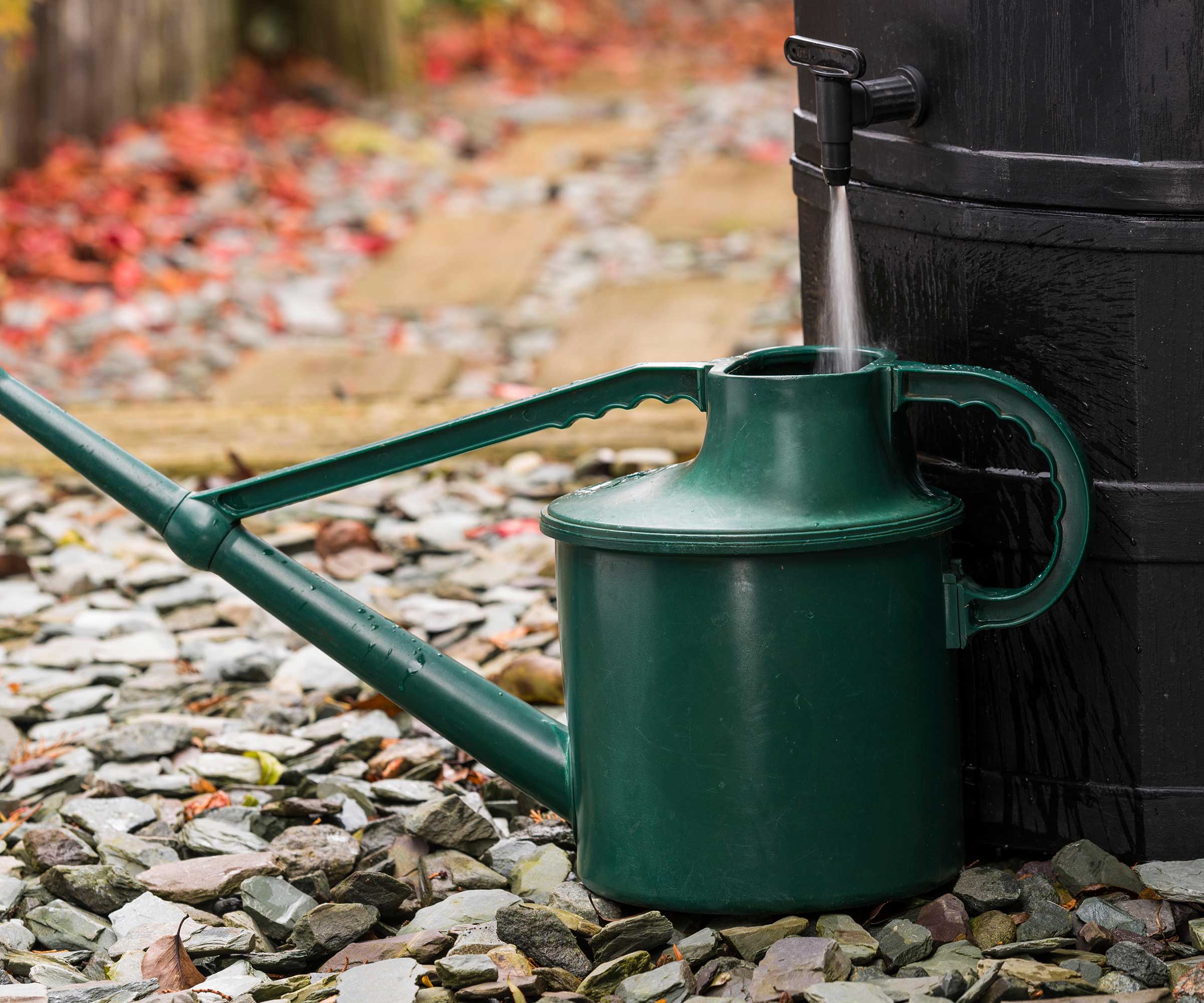
Rain barrels are more regulated than rain chains. Some HOAs have rules about rain chains but they're usually allowed. Many HOAs outright ban rain chains, and more importantly, some municipalities regulate them too. There are restrictions on rainwater harvesting in California, Nevada, Ohio, and Texas, and in some counties, you need a permit to harvest rainwater.
Rain barrels need a lot of maintenance, and if you live somewhere that sees freezing temperatures you need to winterize your rain barrel. If you don't, the rain barrel will crack and break. Rain barrels are better are coping with storms than rain chains, but can still overflow.
In summer, rain barrels can be the perfect breeding ground for mosquitos, so you might see a lot of bug bites. The stagnant water is also a magnet for algae, which can create a gross smell that stops you from hosting guests on your patio.
Can you combine the two?

A good way to get the best of both worlds is to combine the two. You can run a rain chain into a rain barrel - and it's actually easier to install a rain barrel this way than to collect water from a downspout.
Rachel Bull, Head of Gardens at H&G, says 'Unlike a downspout, where you have to saw off chunks of the pipe and fit a diverter, you can just put a barrel underneath a rain chain and the water will flow straight in, and unlike a traditional rain barrel, there's no danger of debris from the roof ending up in the barrel.'
However, all of the above drawbacks hold true here, too. This is a less efficient way of collecting rainwater than a rain barrel connected to a traditional downspout, so you'll collect less water than you could.

Rachel is a gardening editor, flower grower and floral designer. Her journalism career began on Country Living magazine, sparking a love of container gardening and wild planting. After more than a decade writing for and editing a range of consumer, business and special interest titles, Rachel became editor of floral art magazine The Flower Arranger. She then trained and worked as a floral designer and stylist in London for six years, before joining the Homes & Gardens team.
In the end, rain chains and rain barrels are good options for gardeners with relatively low levels of rain water. But neither option is perfect - there's a host of rain chain mistakes to avoid as you set one up.
Sign up to the Homes & Gardens newsletter
Design expertise in your inbox – from inspiring decorating ideas and beautiful celebrity homes to practical gardening advice and shopping round-ups.

As a gardens and lifestyle contributor, Alex makes sure readers find the right information to help them make the best purchase. Alex got his start in reviewing at the iconic Good Housekeeping Institute, testing a wide range of household products and appliances. He then moved to BBC Gardeners’ World Magazine, assessing gardening tools, machinery, and wildlife products.
-
 Ina Garten's storage pantry is an insightful window into all of the best cookware used by the chef – and it's easy to recreate on your kitchen shelves from $48
Ina Garten's storage pantry is an insightful window into all of the best cookware used by the chef – and it's easy to recreate on your kitchen shelves from $48The beautiful dishware in The Barefoot Contessa's Hamptons pantry showcases the tools she uses most often to cook – this is exactly how you replicate it
By Sophie Edwards Published
-
 Extend the lifespan of your appliance with 5 simple but crucial washing machine maintenance tips
Extend the lifespan of your appliance with 5 simple but crucial washing machine maintenance tipsFrom cleaning the filters to keeping the door open, experts reveal the washer tips they swear by
By Andy van Terheyden Published
